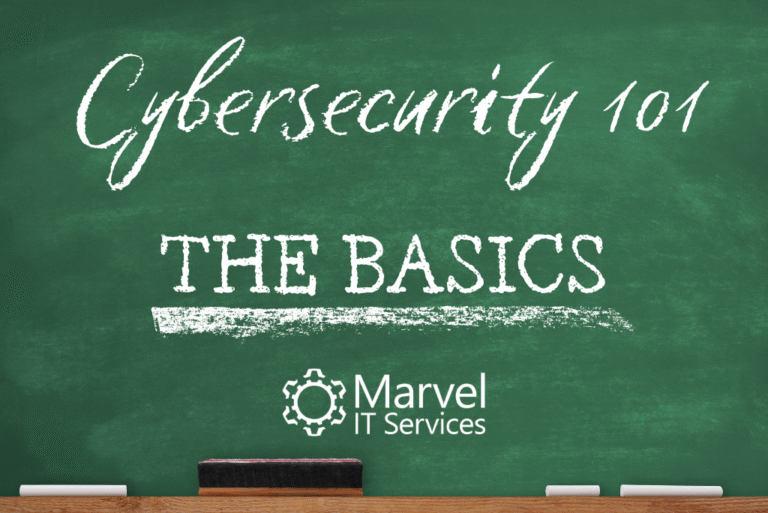Cybersecurity can seem like a foreign concept that only big corporations or large businesses need to worry about. After all, those organizations have lots of computers, servers, processes, and data, while a small business can have anywhere from only one device to several. The large gap in number and function can make it seem like small business owners have nothing to worry about when it comes to cybersecurity!
However, the truth is that small businesses are actually prime targets for cybercriminals. Hackers know that many smaller companies don’t and won’t have strong defenses in place, giving them an easier way in.
There’s good news, though, if you’ve taken the time to find this article. You don’t need to go out and buy hundreds or thousands of dollars of equipment to get your business protected, at least right now. By following a few basic cybersecurity practices and implementing them across your business, then you can dramatically reduce your risk.
Strong Passwords Are Your Frontline
With the NFL back in swing for the 2025-26 season, we’re going to be seeing flashy offensive plays and highlights each week from some of the League’s best players. While the highlights themselves will be jaw-dropping in some cases, the offense begins each play with the snap of the ball and the core group of players building the defense for the quarterbacks and receivers — the linemen. Linemen (or “big men”) rarely get the credit or highlights they deserve, but their role is crucial in giving the offense a chance to succeed.
In your business, strong passwords are your business’ linemen. Just how the offensive line has many unique positions with differing responsibilities, your business also needs to implement a variety of strong, unique passwords across operations and accounts. Weak or reused passwords are like lining up for a play without a line. Cybercriminals will be eyeing your business up, and your business, employees, and customers will be paying for it.
To best protect your business, employees and departments should be required to use longer, complex passwords (12+ characters that includes numbers and symbols) that are unique across multiple accounts. This means that passwords for Microsoft, banking, databases, carrier sites, websites, applications and all other logins should be different. If one password gets leaked or cracked, then your business is still protected across all other accounts with different strong passwords.
A Shared Playbook: Password Managers
You may have sighed and shrugged at that first suggestion and asked, “If I have 10+ different accounts, how do you expect me to remember 10 unique passwords, let alone which account they go to!” That’s a difficult task alone, but thankfully there are tools out there to help organize passwords: a password manager!
Now, we’re not talking about the pop-up in your browser (Chrome, Firefox, Edge, etc.). While this can be an effective solution for one single computer, things get more complicated and less secure across multiple users and devices.
A dedicated password manager is a third-party application that securely stores, manages, and protects your passwords across multiple devices and browsers. Dedicated password managers allow for secure transfer and sharing of passwords of devices without the need for emails or written notes. Additionally, password managers can track the vulnerability of your passwords and accounts, so if your data gets leaked in another company’s breach, then a password manager can notify you of the cybersecurity risk.
Enable Multi-Factor Authentication (MFA)
Secure passwords are a great start to a line of defense for your business, but think of MFA as an additional deadbolt on the door to your business. Even if someone gets ahold of a password (hopefully not the only password you’re using), they can’t log in without a second factor. These second factors can be a secure app on your cell phone or a text/email code.
By enabling MFA, which takes only minutes to set up and enable, it will be one of the simplest and most effective ways to block cybercriminals. It should be enabled for all of your major accounts, such as email, banking, and other critical business applications.
If you have a critical application that is currently not utilizing MFA, you should put a bookmark on this page, go set up MFA right now, and then come back after you’ve gotten it set up!
Update Systems and Software Regularly
Cybercriminals are always looking for ways to exploit and take advantage of the cracks in the foundation of operating systems, software, and computer systems. To combat this, software companies are consistently working on and releasing updates and patches to close the gaps in the foundation and keep data and information secure and safe.
When you and/or your employees put off that Windows update for a few weeks because you don’t want to restart your computer, or if you’re still working with that server or those computers from the mid-or-early 2010s, then your business is inviting cybercriminals in by leaving the door unlocked.
There are a few simple tricks and habits that you can instill in your business now that will help with the overall success of your business…
First, always run the latest operating system (OS) version. Software companies are constantly updating and making those changes, so keeping up to date with the latest patch vulnerabilities will help protect your business. Also, with the latest OS, your business will have better access to support and compatibility features offered across platforms and companies.
Second, update applications and services as soon as patches are released. You should be prompted to update any applications or services upon opening, so it’s better to delay one moment for an update instead of clicking “Decline” to get moving on a project. Doing that day after day adds up, and before you know it you’re already versions and updates behind!
Third, retire unsupported software before it becomes a liability. Hopefully by now your business has upgraded all devices to Windows 11 compatible devices if you use Windows products. If not, then this should be a priority for your company. Using older software like Windows 7, 8, or 10 will open your business up to lost time, data, and productivity. Not to mention, these old software no longer receive support and are far more likely to open your business up to cyberattacks.
Backup Your Data Regularly
Imagine losing every customer file, invoice, and email tomorrow. Could your business recover?
The sad reality is most businesses can’t recover from a cyberattack, hardware failure, or even accidental deletions. When margins are thin or in the red, a single hiccup in your system will cost your business more than it can afford.
Ensuring your business has a reliable backup strategy is key to your business’ success in the long run. One way to backup your data is through the cloud, which securely stores data offsite. However, for some businesses and compliance, data is required to be stored safely in an onsite server. If that’s the case, then having a regular routine backup schedule will ensure a safe layer to your data. We recommend daily backups for the cloud and/or onsite servers.
Spot the Scam in Your Inbox
While we’ve focused on your technology and infrastructure, the biggest cybersecurity risk might not be hardware… it’s people! Employees and business owners alike can let a cybercriminal into your systems through one bad link or malicious attachment.
In today’s day and age, it’s critical to train your employees and yourself on the ever-changing landscape of scams and phishing tactics that are used worldwide. Training will teach you and your employees how to spot suspicious emails, how identify fake emails, why to not click links or attachments, how to verify requests and sensitive information, and more. By doing training, you can discover who in your business if the “weakest link” and might fall for a scam. These individuals can receive more in-depth training and, if necessary, have specific permissions enacted to protect themselves and the business at large.
If your business is subject to larger compliance laws or insurance policies, you might already be required to enact these trainings. If so, make sure you are completing these requirements or else the legal headaches will haunt you in the case of an attack!
Security Starts with the Basics
Cybersecurity doesn’t have to be complicated or overly expensive. Sure, you might need to invest in new technology and devices because you’ve put it off for so long, but think of it as cheaper than what might happen in a cybersecurity breach. However, by focusing on strong passwords, MFA, regular updates, reliable backups, and employee awareness, you can equip your small business with cybersecurity essentials that will make your business less attractive to hackers and cybercriminals.
If you need help navigating this process, we here at Marvel IT Services help small businesses like you build practical, affordable cybersecurity solutions that keep data, customers, and reputations safe. Give us a call or send us an email if you need help!




